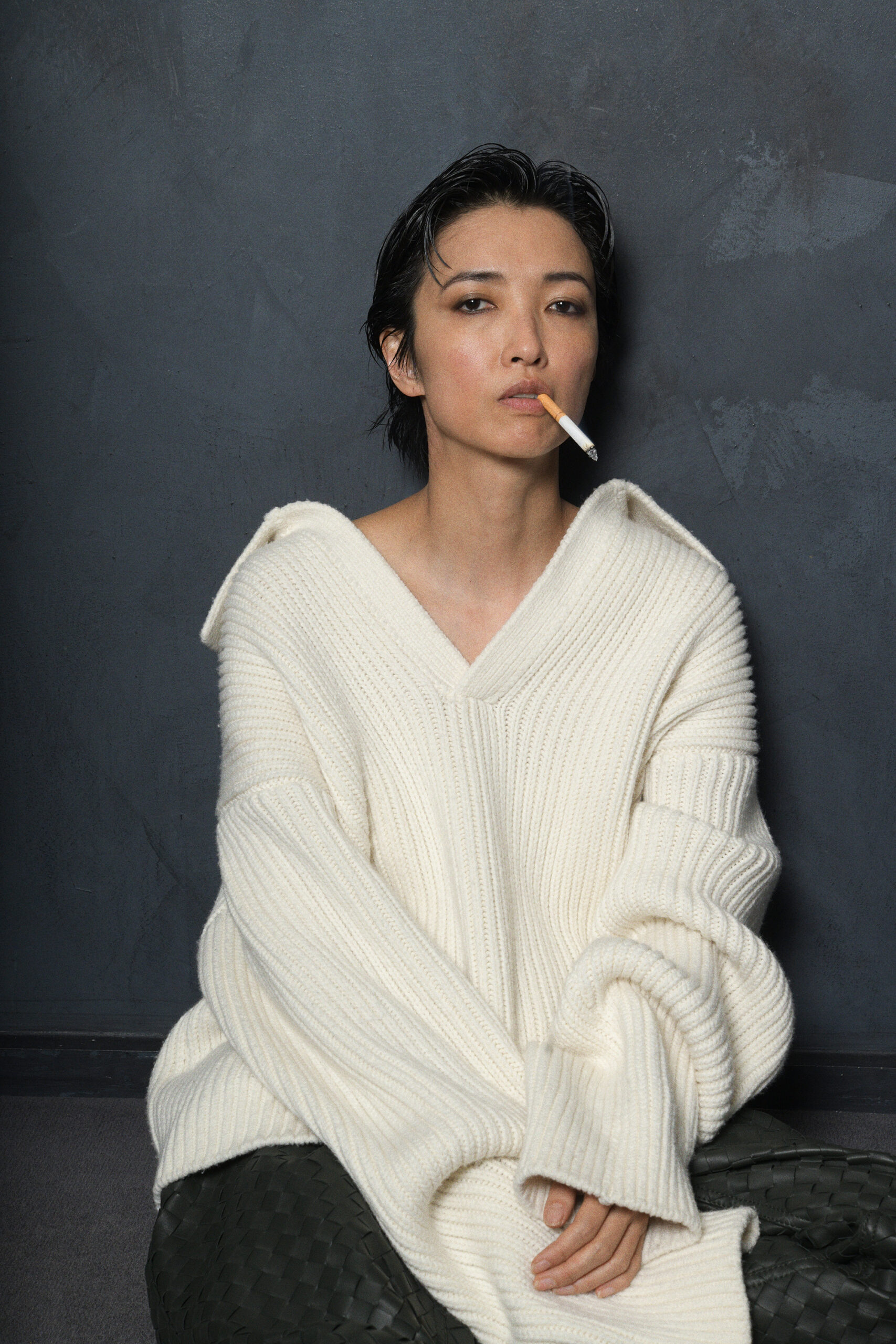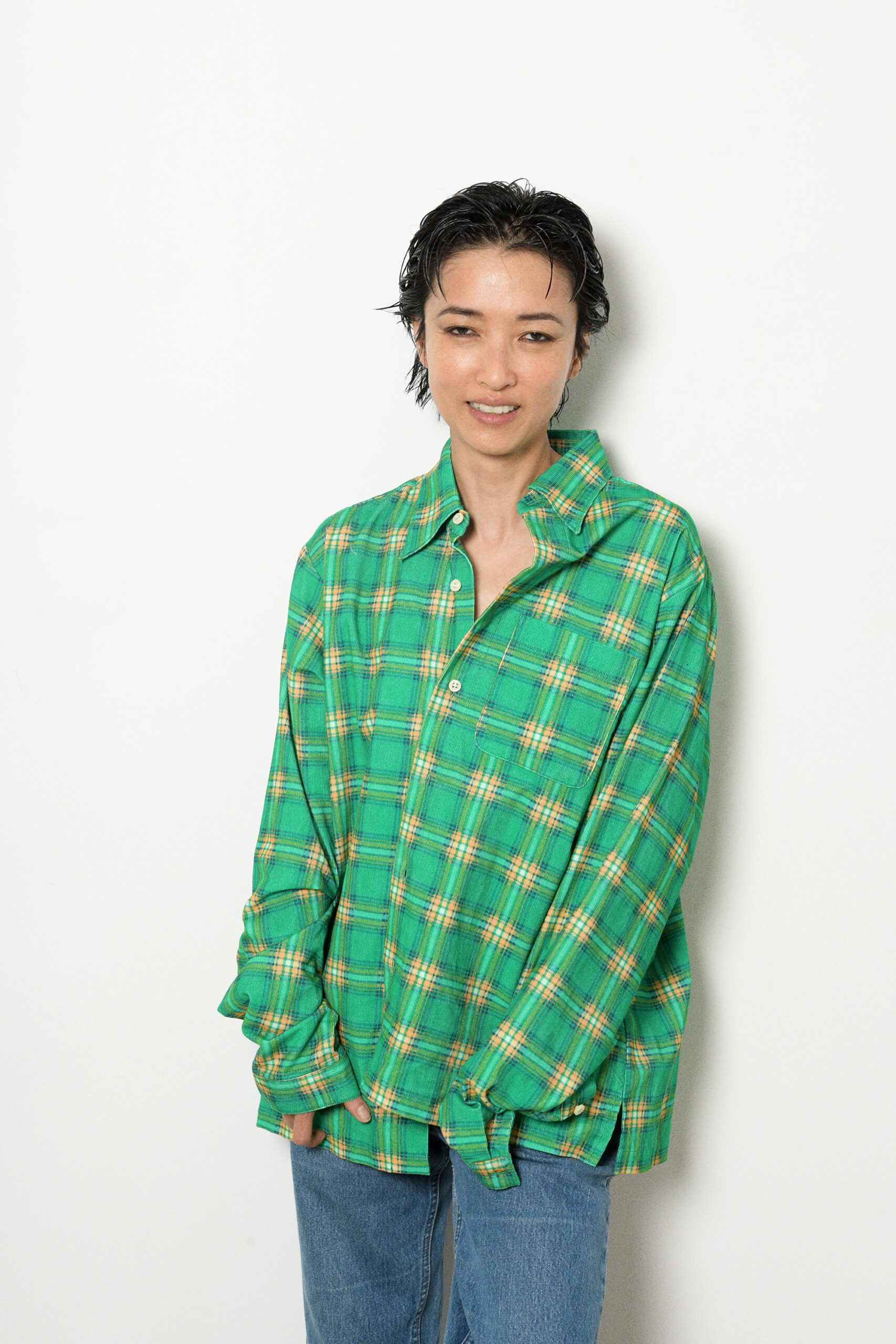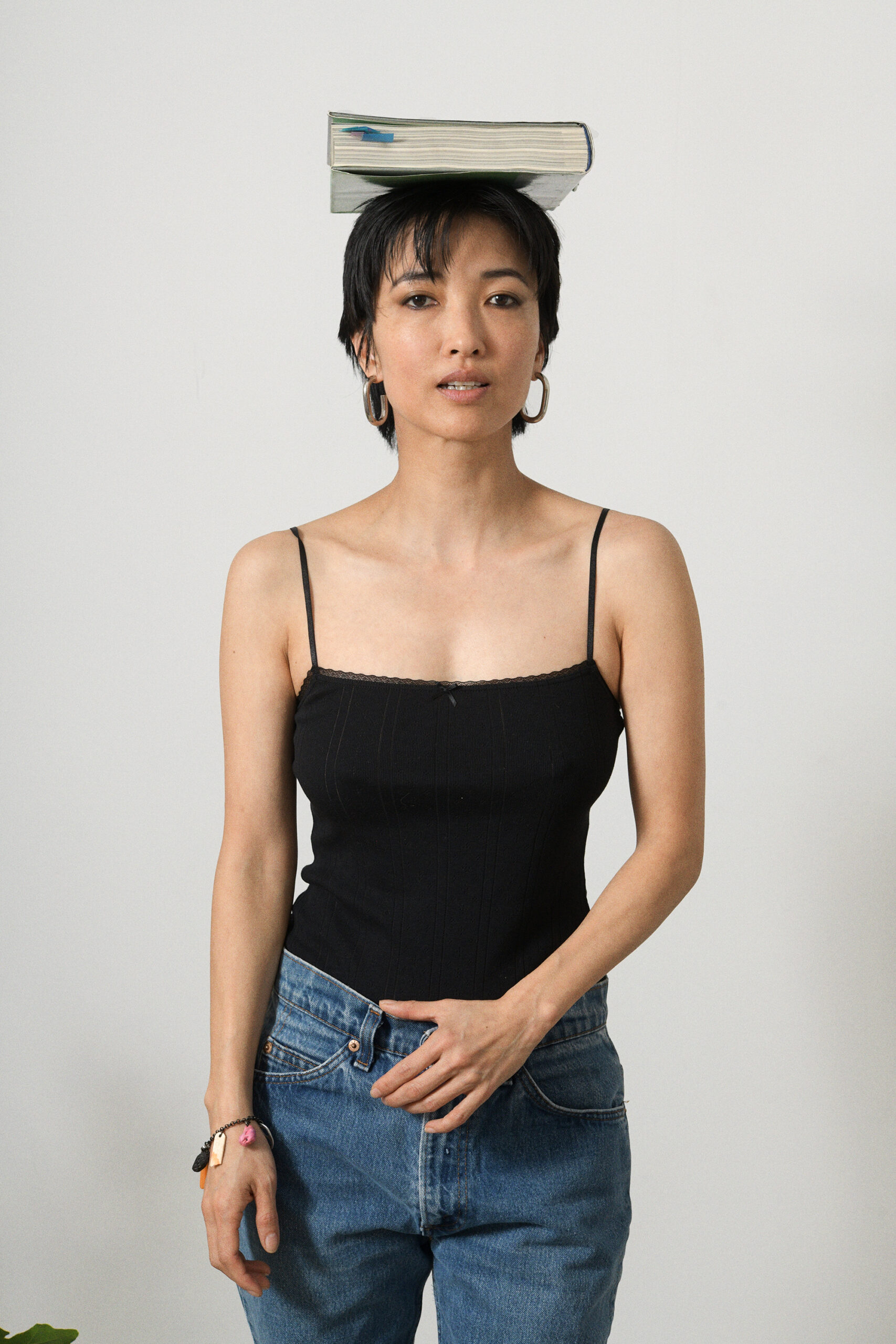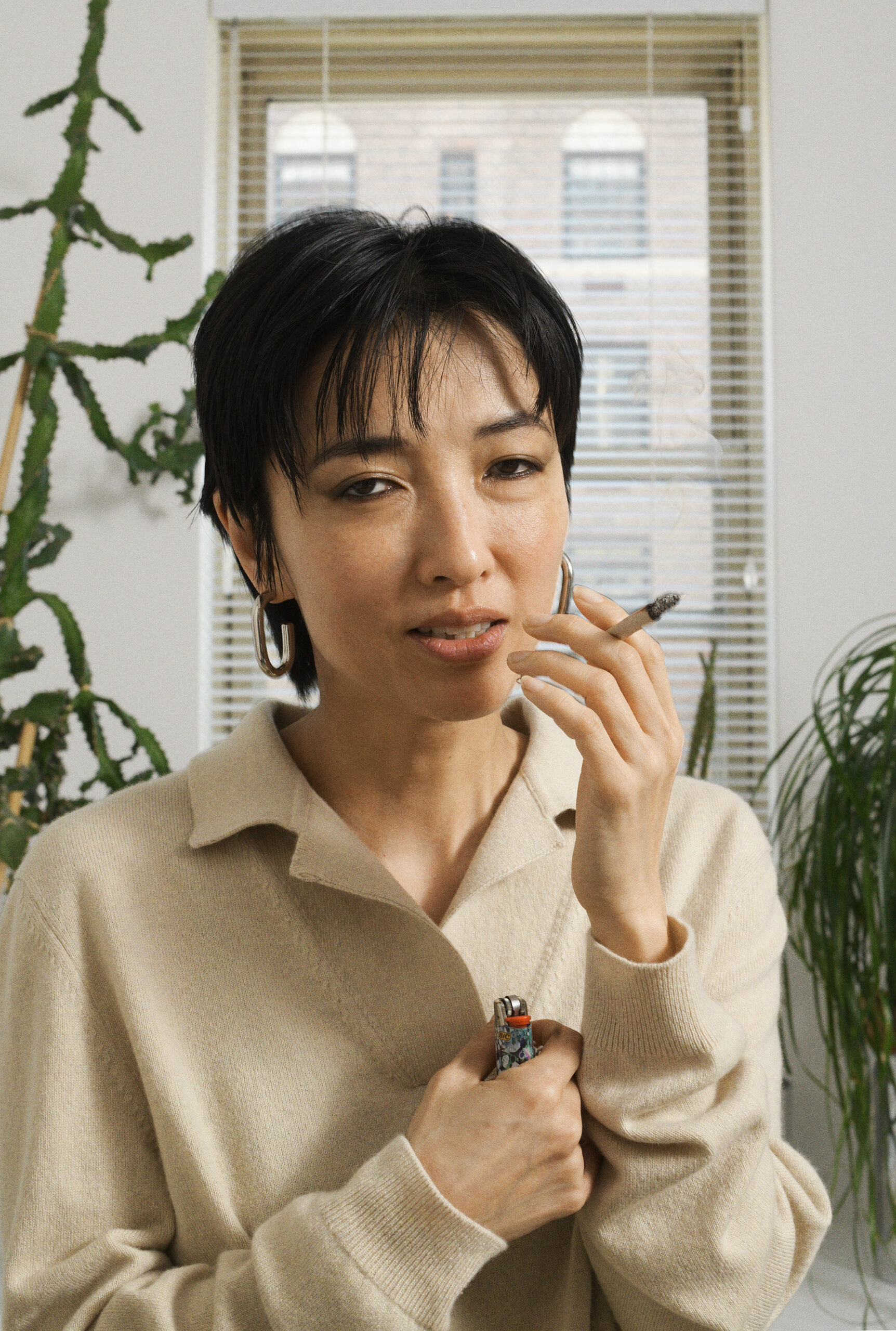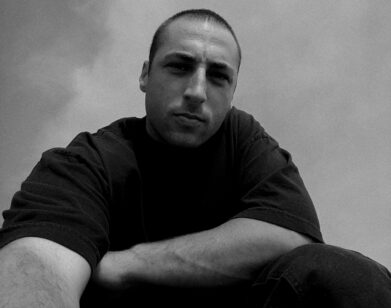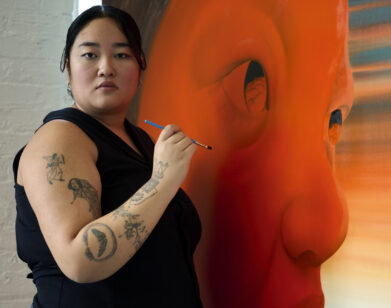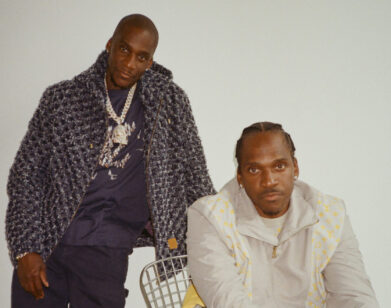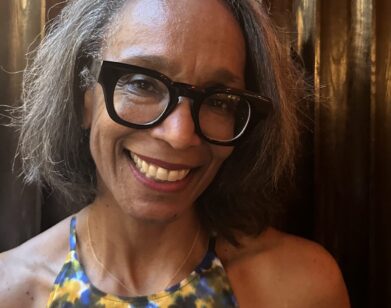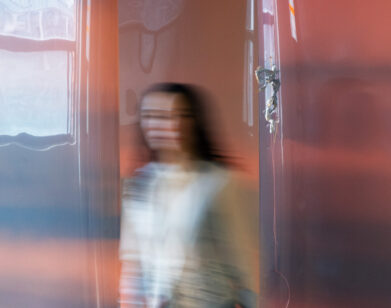BRAINIAC
Heji Shin and Jordan Wolfson on Virtue Signaling and Eternal Art
Heji Shin’s daunting, risk-seeking photographs capture a rabid humanity, from her series of bloody heads of babies emerging in childbirth, to giant portraits of Kanye West; from male porn stars dressed up as NYPD officers, to feral priapic roosters in “Big Cocks.” The German artist, who was born in Seoul and now lives and works in New York City, is one of the wildest experimentalists working in photography today. This summer, she’s staging her biggest show yet, at David Zwirner’s 52 Walker gallery. Among the array will be her recent series of brain scans. As a preview to the inner workings of her own brain, she spoke with her friend, the artist Jordan Wolfson, about compulsions, disorders, and why some art lasts for eternity.
———
SATURDAY 4:30 PM APRIL 8, 2023 NYC
JORDAN WOLFSON: Sorry I’m late. I’m at my friend’s house and my computer dropped.
HEJI SHIN: I thought you were at your studio.
WOLFSON: Right. With a big Nate Lowman painting behind me. A friend of mine gave me his house because he lives in Florida, and I have to be on the west side of L.A. a lot, so here I am.
SHIN: Why aren’t you home?
WOLFSON: Because I have this doctor that I go to. I’ve been getting treated for my OCD every morning.
SHIN: I see. A neurologist?
WOLFSON: It’s a psychiatrist, but it’s a special treatment called theta burst TMS [transcranial magnetic stimulation]. It puts serious depression, OCD, PTSD, and addiction into permanent remission. For the rest of your life.
SHIN: It’s not a behavioral therapy?
WOLFSON: No, it’s like an electromagnetic stimulant.
SHIN: Oh, yeah. I just went to a brain surgeon in L.A. and he was talking about that kind of treatment. It’s very, very successful.
WOLFSON: It’s crazy successful. I’ve done over a hundred treatments because I was exposed to VOCs at my studio, the paint chemicals. And every time you do that, it sets you back a couple of weeks.
SHIN: That’s a really rough case of OCD you have.
WOLFSON: It’s crazy. I have thousands of years of epigenetic Ashkenazi trauma. People are like, “Jews are so neurotic.” Well, we’ve been chased down in Europe for thousands of years. You’d be pretty neurotic too.
SHIN: You mean that it’s genetically inherited trauma from all the last centuries?
WOLFSON: I believe I suffer from OCD because it’s very typical for Ashkenazi Jews to suffer from this. And yeah, because it’s potentially epigenetics. Despite the last hundred years or less of Jewish prosperity, we were being persecuted as a minority through Europe for hundreds and hundreds of years.
SHIN: And you think that trauma is responsible for your OCD?
WOLFSON: It’s probably the foundation of it. But isn’t this conversation about you, not me?
SHIN: Maybe you’re the more interesting subject. I don’t know much about disorders, because I don’t think I have any. Do you worry with your recovery you’ll stop making art?
WOLFSON: No. That’s a myth. In my experience I’ve never made art when I was feeling afraid. It never was helpful to me, feeling afraid or anxious. When I made art, it was always from a very clear space when I was letting my consciousness flow through me, and I was a conduit for its frequency. I would rather quit art than continue to suffer the way I have been. I would have no problem making that choice.
SHIN: Yesterday, I watched Jeff Koons’s MasterClass.
WOLFSON: I watched that too. He’s fantastic.
SHIN: It reminds me of what you’re saying. He claims that art-making is an act to remove anxieties and feelings of shame and guilt.
WOLFSON: I believe that making art is a spiritual practice. I won’t touch my work unless I’ve meditated.
SHIN: How often do you meditate?
WOLFSON: Every day for over a decade.
SHIN: Is it TM? Or what kind?
WOLFSON: It’s a type of South Korean Won Dharma-style meditation.
SHIN: I’ve never heard of it. I’m South Korean.
WOLFSON: There’s this place near my house in upstate New York called the Won Dharma Center. I kind of became part of the community and learned their style of meditation. That’s why I was late today. I was meditating.
SHIN: You sound very New Age-friendly these days.
WOLFSON: I’ve always been New Age-friendly. Ever since I was a little boy. Are you New Age?
SHIN: I like that stuff.
WOLFSON: What do you practice?
SHIN: I don’t practice anything. I know how to meditate, but I don’t feel I need it at the moment. I don’t do therapies, I never go to doctors.
WOLFSON: You’re probably one of those people who are lucky to have good brain chemistry.
SHIN: Maybe. Brain chemistry can always be destroyed by modern contemporary life. But you’re more spiritual, or religious.
WOLFSON: I’m not religious.
SHIN: Do you believe in some sort of order in things, or some higher meaning? Or a divine inspiration or intuition?
WOLFSON: When I was meditating just now, I opened my eyes a couple times and was looking at this library of art books. I started seeing the names of these artists, like Richard Prince, or Steven Shearer. I saw my own name. I saw Laura Owens. I started thinking, these names are different people who’ve had different karma, and their career is part of their karma. It’s like looking at different people and rather than being like, “Oh, that person’s an asshole,” or, “That person’s amazing,” being like, “Wow, that person is living out some type of really specific karma.” Jeff Koons is living a karma. You are living a karma.
SHIN: Do you externalize your art practice in terms of your aura?
WOLFSON: I’m saying that all the good and bad things that happened to you in your life are potentially part of your karma, and might have been decided before you were born. And now you’re in this life, being challenged by karma. And that karma is the lesson. It’s like a wave that comes and knocks you down, and if you aren’t able to surrender and let the wave flow through you and then stand up again, you haven’t learned the lesson.
SHIN: In Jeff Koons’s MasterClass, he says, “Everything is as important as another thing. There’s no difference. There’s no hierarchy between things.” I was wondering, what does he mean by “there’s no hierarchy in things”?
WOLFSON: I can explain that. Eckhart Tolle talks about it. It’s a story about how people reach enlightenment. Say that a man walks into the butcher and says, “Give me your finest cut of meat.” And the butcher says, “All my meat is the finest cut. There’s not a single piece that isn’t the finest cut.” What he’s saying is that this experience you had, that you thought was good or bad, it was all the best experience, it was all equal in its lesson. At my studio, different employees come to me because they’re having a bad time, or someone’s communicated with them in a way they didn’t feel good about, or they’re feeling burnout. And my attitude is, every team member is the most important team member. The intern is as important as the roboticist artist. Can you hold on a minute? I’m going to use the restroom. [Wolfson leaves, returns after a minute] As a teenager, I made these paintings that I entered into competitions, and I would lose because people thought the paintings were really dark. And then at a certain point in my twenties, I was having all these ideas for artworks, and I was sick of feeling ashamed of them. I was like, “I just need to trust this thing inside of me.” It’s interesting because it’s just the shadow, and the shadow is showing itself.
SHIN: The shadow is the uniting principle of the work?
WOLFSON: Some of the kindest artists I’ve ever met make some of the most dark, disturbing, or challenging work. And a lot of the most hostile people I’ve ever met are trying to put an artwork into the world that’s potentially a propaganda for the good part of themselves. You see this as well with art dealers, that there’s certain art dealers who are making a projection of themselves as a type of moral savior. And then other people who are just doing their work and following their passion.
SHIN: It’s interesting the ways a person sublimates their shadow, or represses their shadow—especially when it comes to art. Art is the sublimation of some sort of shadow if you will.
WOLFSON: It’s like every artist is a trumpet, and every trumpet is different. And then the air that moves through the trumpet is consciousness. That’s what I believe: Art is like consciousness flowing through us.
SHIN: What does it mean in concrete terms? What qualities do we need to have to be a good artist?
WOLFSON: There’s a couple of subjective factors to being a good artist.
SHIN: Whether you’re considered a good or bad artist, I don’t much care. I’m wondering what the vessel you mention needs to have in order to make art. I believe that the obsessive trait is very conducive to making art, because you need to have so much conviction and commitment to ridiculous ideas.
WOLFSON: You’re right. It also helps to be detail-oriented. I was talking more about a kind of fear.
SHIN: I’ve always thought that the art world is actually a container of tons of interesting people who couldn’t do anything anywhere else. They couldn’t make it any other place, and they have to do a very certain thing. These are often the best people, but also the most dysfunctional.
WOLFSON: The reality is, if you choose a life where you’re basically amplifying your good quality and you’re also a public figure in some degree who will receive an enormous amount of individual attention for your output, there’s also this huge tendency to develop really narcissistic qualities that continuously isolate you from other people. And when you’re quirky, plus you’ve got narcissistic tendencies because you’ve received an abundant amount of attention, and you did this thing to kind of save your life, and it starts in adolescence and it goes into your adulthood, then yeah, it creates a lot of really dysfunctional patterns and behaviors in people’s lives. And a lot of times you end up not being a great parent or a good romantic partner, or even a good business partner.
SHIN: Do you think that narcissism occurs more now than ever before?
WOLFSON: I think narcissism has been a human quality since humans have been producing other humans.
SHIN: Of course.
WOLFSON: But being narcissist can also develop from being neglected or overlooked when you’re a child.
SHIN: Don’t you think success makes you feel a little bit better, even for a second?
WOLFSON: I got to a point in my career where it was like, I’m having these museum shows, I’m in this magazine, I’m represented by this gallery, or sold a piece of art for this much money. And none of it brought me peace or joy or made me feel better about myself. Success is as good as being in a fancy hotel room. The first 15, 20 minutes of it, you get excited, you can turn the shower on, you jump on a nice bed. Then after a while, you’re still just consciousness inside of yourself and susceptible to whatever experience you’re having.
SHIN: I think a lot of work artists do is about overcoming anxiety, because everyone feels a little bit neurotically anxious about doing it at the end of the day. You and I have known each other for a really long time.
WOLFSON: Maybe almost 20 years? From Berlin? It’s weird that we’re having this conversation today because eventually someone with opinions about us is going to be reading it. It’s like making something in the art studio. It’s this energy coming through you, this consciousness that goes into the object, and then suddenly you’re sharing it. And that’s terrifying.
SHIN: Especially in the discipline of art, because art has theoretically no boundaries. You can do whatever you want.
WOLFSON: What’s incredible is if you see a Caravaggio painting, that painting is still trembling with Caravaggio’s incredible frequency, and it just lives on forever.
SHIN: There’s a promise of eternity in art?
WOLFSON: Here’s my theory—do you have a dog?
SHIN: No, but I want one. Do you?
WOLFSON: Yeah. He’s a German shepherd mix. He’s really smart. One of the great joys is seeing your dog do something that you would’ve done, or react in a way that you would’ve reacted, like shame, guilt, joy, nervousness, anxiousness, embarrassment. Like when a dog expresses impatience, something that people express all the time. What you’re really seeing is the expression of consciousness through a life-form, and that’s the same for an artwork. You’re seeing a radiant consciousness. It’s the same when people talk about little kids saying crazy things. The thing about great art is that it’s a portal or a vessel that holds the frequency of consciousness. And consciousness is the most amazing, most important stuff in the whole universe. And so Caravaggio or Michelangelo or Rembrandt or artists today, are basically a conduit of consciousness. Hold on, I have to pee again. [Leaves, returns]
SHIN: Jordan, you should do a MasterClass.
WOLFSON: Do you know what you’re going to do for your show in July? Have you decided?
SHIN: It’s going to be something related to what you’re talking about. It’s about consciousness and the brain and physicality—how you actually transform one thing into the other. I’m working on brain scans, and I’m going to show them in a very specific way, which I’m still figuring out.
WOLFSON: Aren’t you going to try to do Mike Tyson’s?
SHIN: I’m going to try. But I have to rely completely on myself. I notice that certain kinds of people who I’m interested in, they’re not loving to be objectified, and that’s what you would do if you scan their brains. I wanted to scan your brain and you were all for it for a second, but then you went, “Oh no, another artist is objectifying me.”
WOLFSON: The reason I didn’t want to do it is because I have brain scan images and I wanted to use one for a cover of a book.
SHIN: But it’s not the same thing.
WOLFSON: I know, but it’s so weird. I was looking at my brain scan today, and I saw my profile and my brain. There’s a little piece in my brain that looks like a flower or piece of cauliflower. It’s very vulnerable to see.
SHIN: A brain scan is just an interpretation. The brain doesn’t look this way, of course. I looked at my brain scan and thought, why are they using these colors?
WOLFSON: I’m going to show you my brain scan because I’m wondering if we have the same kind.
SHIN: I have a very, very good brain scan. The brain surgeon I was working with is a leading neurosurgeon.
WOLFSON: Is it from an MRI?
SHIN: Yeah, of course, it’s from an MRI. [Wolfson holds up his brain scan] Oh, okay. This is the outer brain. Wow, it looks crazy.
WOLFSON: I want to do a book cover that says, “I’m real.” But also it’s really a monster.
SHIN: That one looks monstrous. Mine looks very different, much more colorful. Mine looks like this. [Holds up a brain scan]
WOLFSON: Oh, that’s so different from mine. Let me ask you, is this upcoming show bigger than any you’ve had before?
SHIN: It might be a little bigger. People have more expectations. I’ve noticed I get more invitations to openings and galas at the moment. But besides that, I don’t think it’s different. At the end of the day, I have to do the show and it all depends on the work.
WOLFSON: Instead of thinking about the viewer, I’m always like, “What do I think?” I imagine that the viewer is going to see things via proxy of how I see them. It’s almost like you make this mask of your face and the viewer gets to see from behind your eyes. So in a way it’s a collaboration with the viewer.
SHIN: Absolutely. Like an agreement. The viewer completes the artwork. You can think anything about your own work, it doesn’t matter. Your intentions are great, but in the end, the viewer is completing it. The next time you encounter it, it might have completely transformed into something else that you didn’t even think about, and that’s beautiful.
WOLFSON: It’s like a delayed system of collaboration with the viewer.
SHIN: It really doesn’t matter what an artist says about their work. I always thought, “Oh, the babies are not a feminist artwork.” But then a lot of feminists and art critics were very excited about that aspect of it. So I have to let them take it and do whatever they want to do. That’s fair enough. Of course, it would be great if you could just hypnotize people to think about your work in certain ways.
WOLFSON: Ultimately, we’re making the kind of art that we want to engage with. Today, if someone wants to make identity-politic art that’s going to be beneficial to the community they live in or to their personal expression, I’m all for it. I think everyone should have the space they want. But what I ask is, I get my space too.
SHIN: I think most artists have good intentions, but there’s a difference between virtue signaling and real artistic efforts. You can flatten something down to, like, “I’m the moral authority here to tell you what’s right and wrong.” But that is not necessarily art. For me, art is much more open.
WOLFSON: I would never tell someone something’s not art, but I get to decide what I like.
SHIN: Something can be perceived as stupid at first, but then actually it’s smart. That’s what I meant about arranging or rearranging hierarchies of meaning as an artist. You can say, this is as important as the other thing. Even if the majority says it’s not important. No, it is important. As an artist, you can decide if a Caravaggio is as good as something you made today. You can elevate yourself by saying, this is good. You gain control over giants from history, in that moment of experiencing it.
WOLFSON: I remember when I was a kid, there was a lot of figurative painting of people with funny faces and I had a strong reaction to it. And then I grew out of that. And I look at all that work and I don’t see it the same way. People are seeing things in different ways at different times. Then there are artworks I’m still responding to just as I did when I was younger. Like Félix González-Torres.
SHIN: I don’t respond to him at all, to be honest. But yes, sometimes you look at a piece of art and process it and then it’s completely different after you’ve had time with it. And then some artworks really do stay the same. And I think that’s what you look for when you look at art, the things that promise this eternity. I can’t tell how many contemporary artworks will have profound principles that will last.
WOLFSON: I think it’ll always be the expression of consciousness, and that’s what makes art timeless, be- cause consciousness is timeless.
SHIN: Yes, but art is also so contextually attached to time. And that expression of consciousness makes sense only in this time and space. If it moves you, it’s justified.
WOLFSON: I’ve got to go, Heji. This was good. Are you happy?
SHIN: Yeah. Of course I’m happy.
———
Hair: Kabuto Okuzawa using Oribe at Walter Schupfer Management
Makeup: Romy Soleimani at The Wall Group
Nails: Megumi Yamamoto Using Chanel Le Vernis at Susan Price NYC
Makeup Assistant: Brenda Garcia Jaramillo

